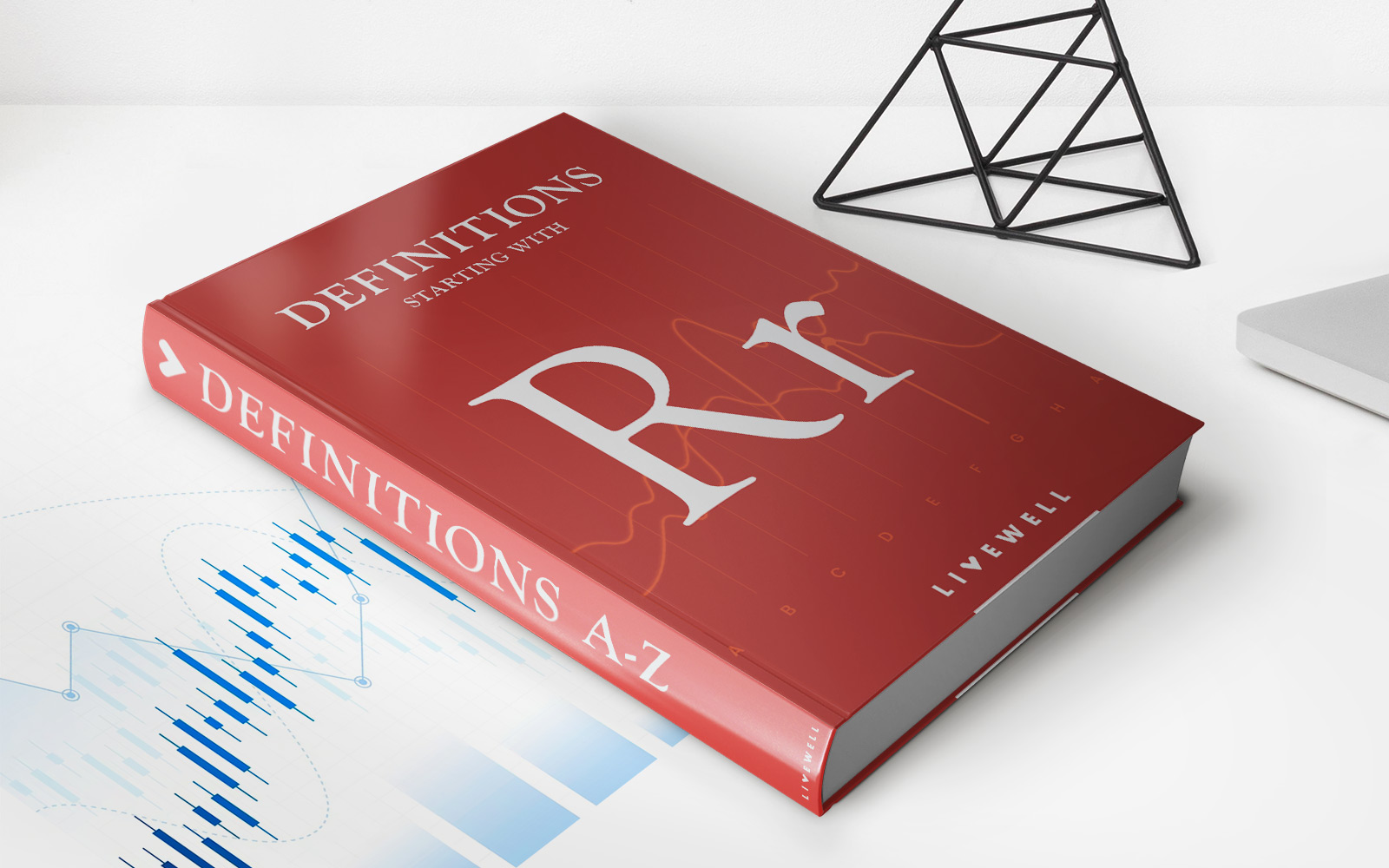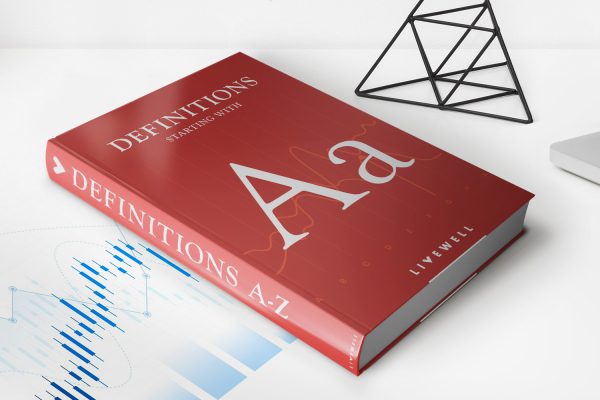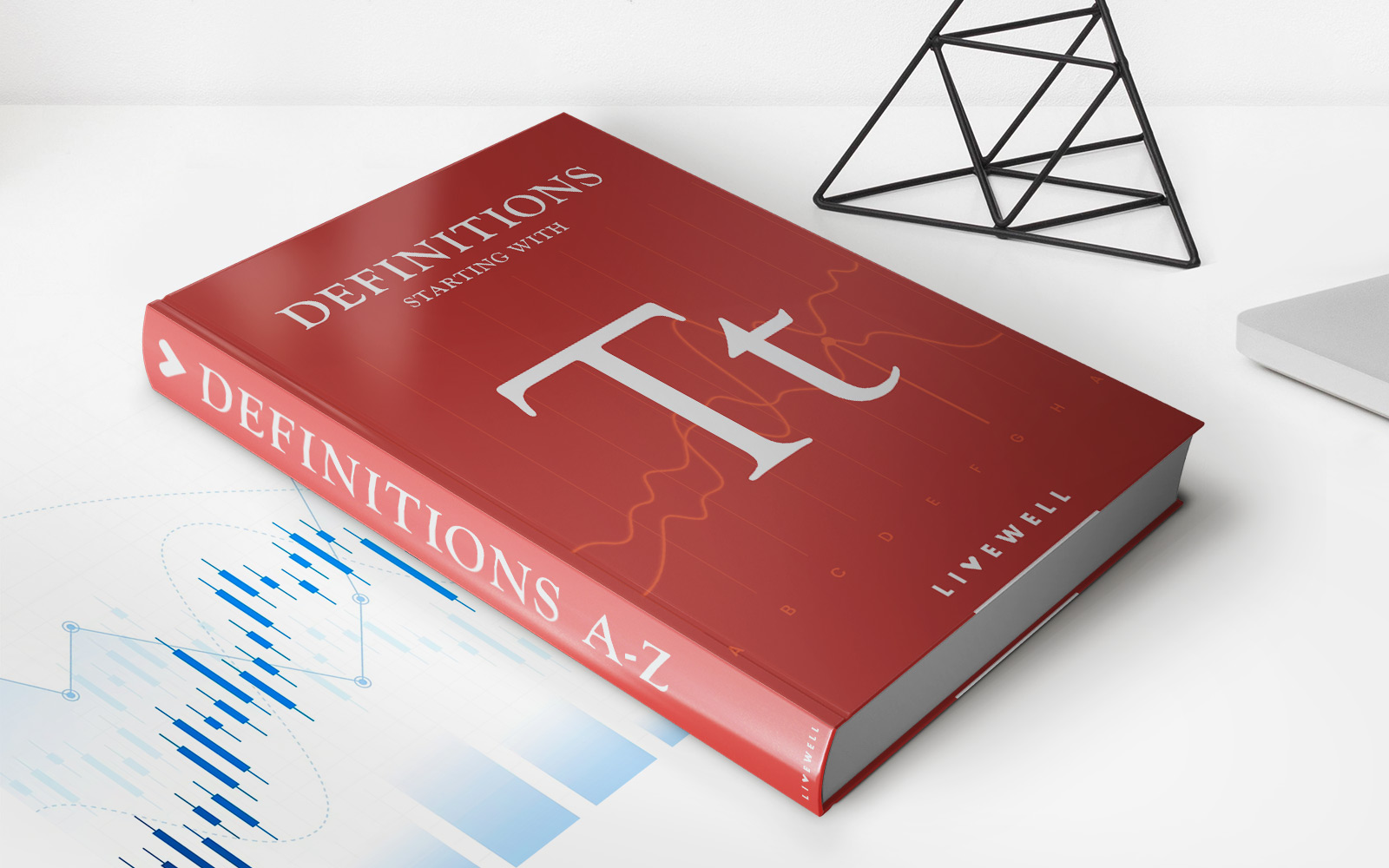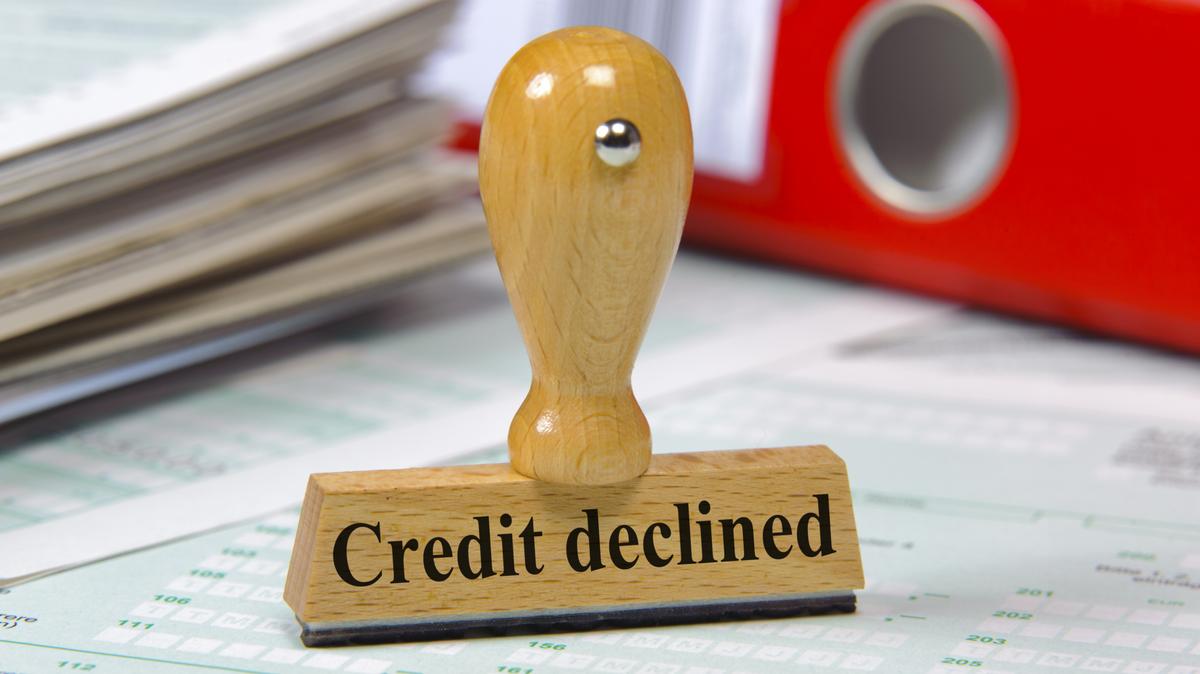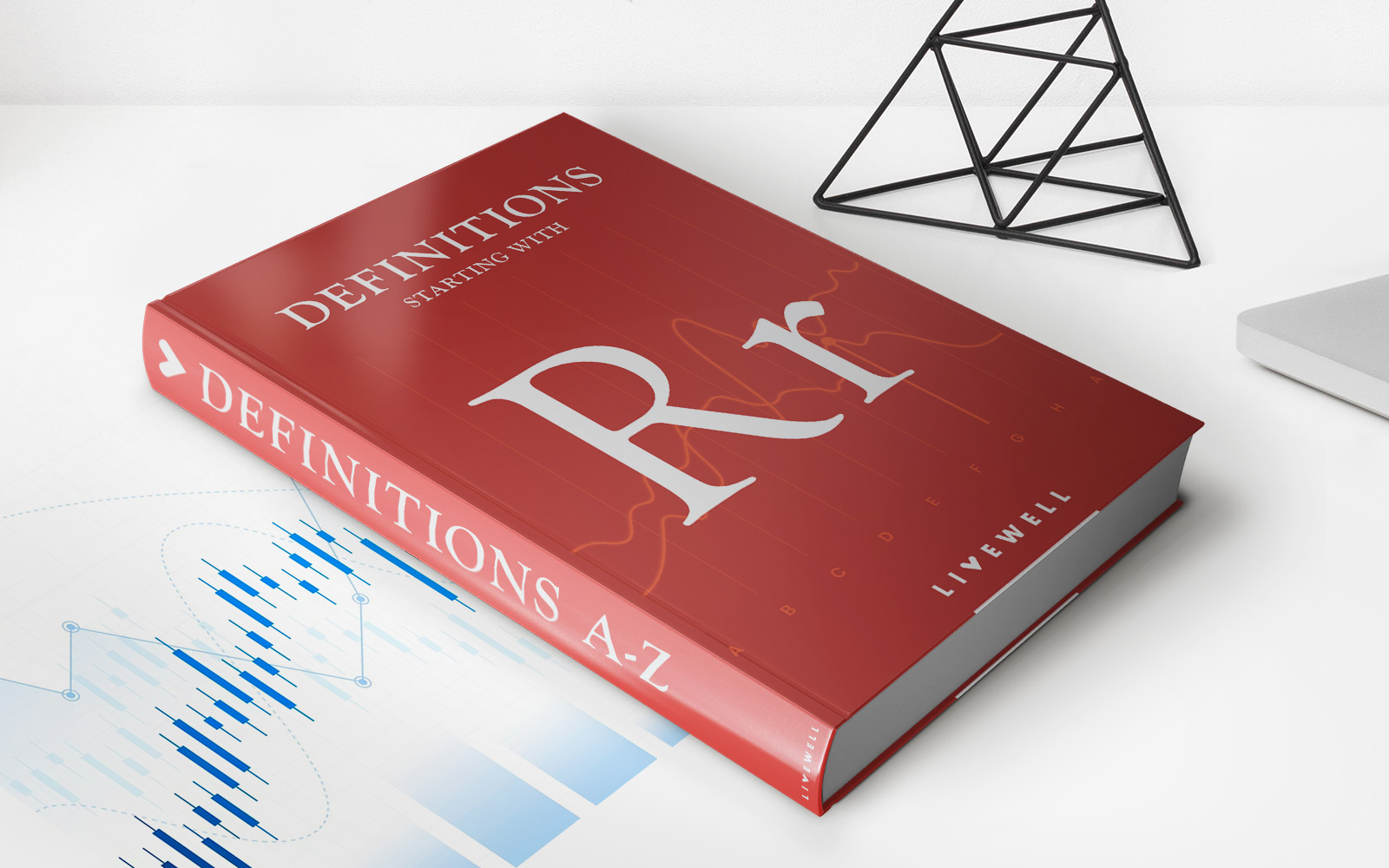Home>Finance>Walk-Through Test: Definition And How It Works In Accounting
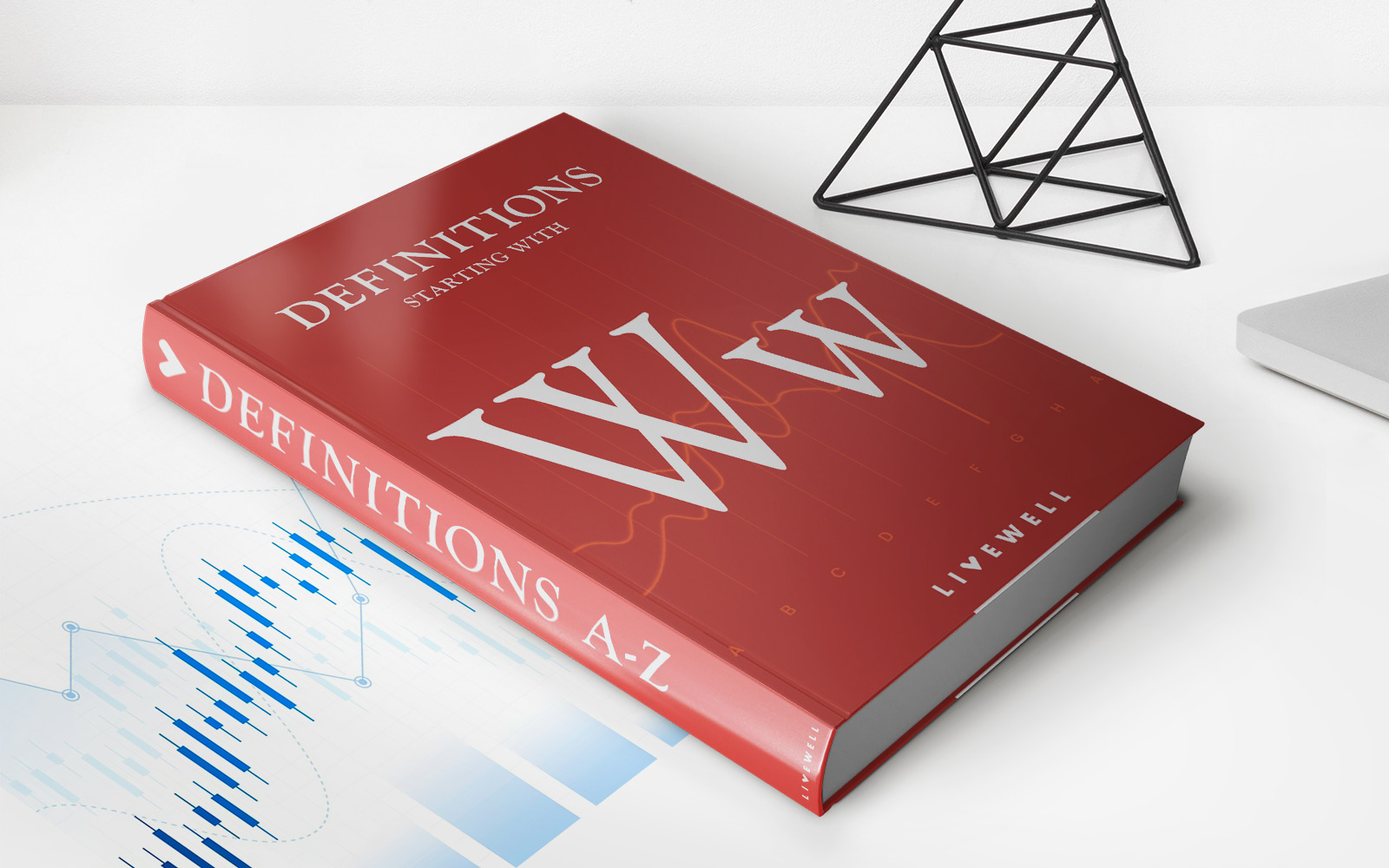

Finance
Walk-Through Test: Definition And How It Works In Accounting
Published: February 17, 2024
Learn how a walk-through test is conducted in accounting to assess the effectiveness of financial controls. Understand the importance of this finance tool for ensuring accuracy and compliance.
(Many of the links in this article redirect to a specific reviewed product. Your purchase of these products through affiliate links helps to generate commission for LiveWell, at no extra cost. Learn more)
Walk-Through Test: Definition and How It Works in Accounting
Welcome to our FINANCE blog section, where we delve into the intricacies of various financial concepts and practices. In this article, we will explore the concept of a walk-through test and how it plays a crucial role in accounting. We will define what a walk-through test is, discuss how it works, and highlight its importance in ensuring the accuracy and effectiveness of financial processes. So, let’s dive right in!
Key Takeaways:
- A walk-through test is a method used in accounting to assess the effectiveness and efficiency of internal controls and financial procedures.
- By simulating the complete flow of a transaction through a company’s accounting system, a walk-through test helps identify potential weaknesses or gaps in the process.
What is a Walk-Through Test?
Imagine you are conducting an audit or evaluation of a company’s financial processes. As an accountant or auditor, you want to ensure that the internal controls and procedures implemented by the company are working as intended, accurately recording and reflecting the financial transactions taking place.
This is where a walk-through test comes into play. It is essentially a step-by-step examination of a transaction from initiation to completion, aiming to verify the reliability and effectiveness of the underlying accounting system. By following the transaction’s path throughout the organization, auditors can identify any potential control weaknesses or deviations from established procedures.
How Does a Walk-Through Test Work?
A walk-through test involves the following steps:
- Defining the Objective: Before conducting the test, it is crucial to outline the specific objectives and areas of focus. This helps ensure that the test remains targeted and relevant to the company’s financial processes.
- Selecting a Sample Transaction: Next, a sample transaction is chosen. This transaction should be indicative of the most common or critical processes within the organization.
- Following the Transaction: In this step, auditors simulate the path of the chosen transaction, starting from its initiation and continuing through each relevant department or control point. This includes examining any supporting documents, approvals, reconciliations, and system reports involved in the process.
- Identifying Control Weaknesses: While following the transaction, any control weaknesses or deviations from established procedures are noted. This could include manual errors, unauthorized transactions, lack of segregation of duties, or inadequate documentation.
- Documenting Findings: Finally, all findings and observations are documented in a report. This report highlights any weaknesses or areas of concern and provides recommendations for improvements or corrective actions.
Why is a Walk-Through Test Important in Accounting?
A walk-through test is a crucial component of the overall auditing and evaluation process in accounting. Here are a few reasons why it is important:
- Evaluating Internal Controls: A walk-through test helps evaluate the effectiveness of internal controls put in place by a company. By simulating the end-to-end transaction flow, auditors can identify control weaknesses and gaps that may lead to errors, fraud, or financial misstatements.
- Identifying Process Improvements: Through the walk-through test, auditors can identify inefficiencies or inefficiencies in existing accounting processes. This allows businesses to make improvements and streamline their financial operations, ultimately enhancing accuracy and efficiency.
- Avoiding Compliance Issues: By conducting walk-through tests, companies can identify and address potential compliance issues before they become significant problems. This helps ensure adherence to relevant accounting standards and industry regulations.
Overall, a walk-through test is a powerful tool in the hands of auditors and accountants. It allows them to assess the overall effectiveness and integrity of a company’s financial processes, and identify areas for improvement. By conducting regular walk-through tests, companies can ensure the accuracy of their financial reporting and maintain the trust of stakeholders.
